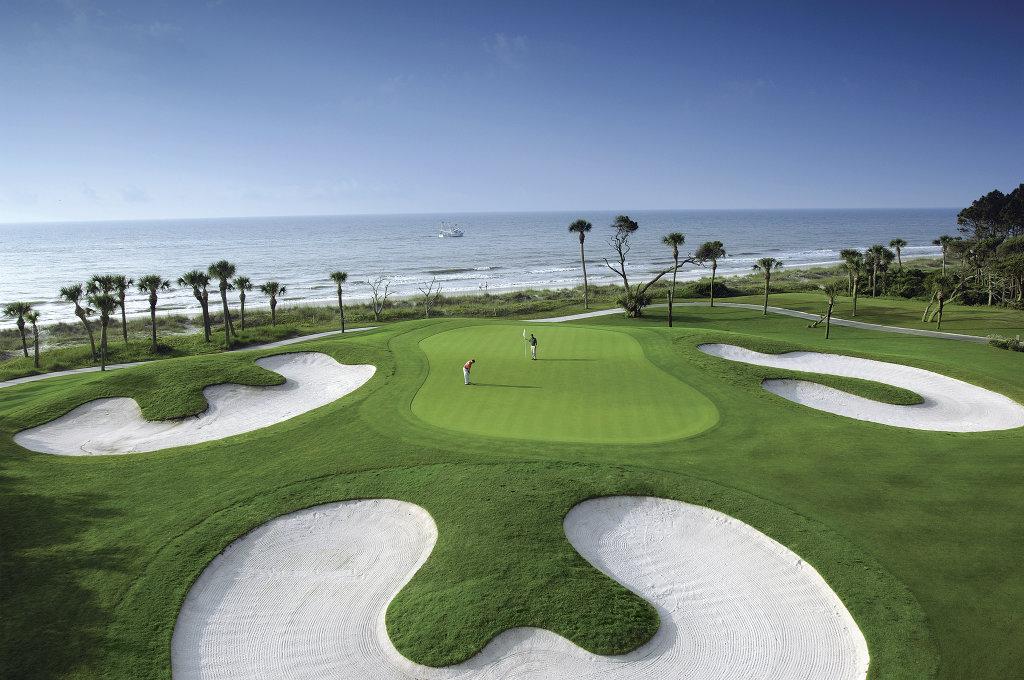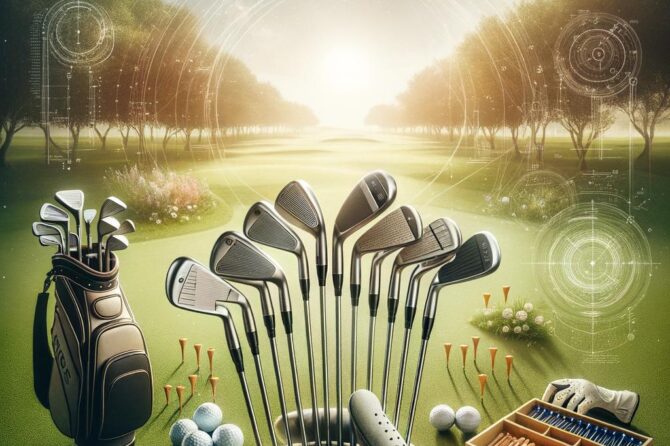Golf, a game of precision and strategy, has undergone remarkable evolution throughout history, from its humble beginnings to its current widespread popularity. This article delves into the annals of golf, tracing its development over centuries, examining the significant events, advancements, and innovations that have shaped the sport we know today. Through a meticulous analysis of primary and secondary sources, we explore the origins of golf, its dissemination across the globe, and the technological advancements that have transformed its equipment and gameplay. This comprehensive historical account provides valuable insights into the dynamic evolution of golf and its enduring appeal.
– The Origins of Golf: A Historical Analysis
Golf’s origins can be traced back to the 15th century in Scotland, where it was played by commoners as a recreational pastime. The game was initially played on rough terrain over long distances, with players using wooden clubs to hit a small ball made of feathers and leather into a hole in the ground. Over time, the game evolved, and by the 18th century, it was being played by royalty and commoners alike on manicured courses designed specifically for the sport.
The modern game of golf as we know it today was largely codified by the Royal and Ancient Golf Club of St. Andrews in Scotland in the late 19th century. The club established the rules and regulations for the game, including the number of holes (18), the size of the ball, and the types of clubs that could be used. This standardization helped to popularize the game and led to its spread around the world.
In the early 20th century, golf began to be played by women and was included in the Olympics. The first women’s golf tournament was held in 1900, and by the 1930s, women were competing in professional tournaments. The game also grew in popularity in the United States, where it became a popular pastime for both men and women. Today, golf is played by millions of people around the world and is considered one of the most challenging and rewarding sports.
– The Development of Golf Equipment and Technology
The Development of Golf Equipment and Technology
The evolution of golf equipment and technology has played a pivotal role in shaping the game’s history. Over the centuries, innovations in club design, materials, and construction techniques have profoundly altered the way golf is played. Here are some key milestones in the development of golf equipment:
-
Clubs: In the early days of golf, clubs were made from wood with leather-covered heads. Over time, shaft materials evolved from hazel to hickory and then to steel, while club heads became more aerodynamic and efficient. The invention of metal woods and graphite shafts in the 20th century revolutionized club design, providing golfers with greater distance, control, and accuracy.
-
Balls: The earliest golf balls were made from leather stuffed with feathers. By the 19th century, golf balls were being made from gutta-percha, and in the 20th century, the development of rubber and synthetic materials led to more durable and consistent balls.
-
Grips: The introduction of rubber grips in the late 19th century provided golfers with improved comfort and control. In the 21st century, grips made from a variety of materials such as leather, synthetic rubber, and even recycled materials offer golfers a wide range of options to enhance their grip and swing.
| Equipment | Impact |
|---|---|
| Metal Woods | Increased distance and forgiveness |
| Graphite Shafts | Reduced weight and increased flexibility |
| Rubber Balls | Improved consistency and durability |
| Rubber Grips | Enhanced comfort and control |
In the annals of golf, the evolution of the swing technique has witnessed a transformative journey. Initially, golfers emulated the “waggle,” a simple pendulum motion with minimal hip involvement. Over time, as knowledge and experimentation progressed, the technique evolved into a three-dimensional, dynamic movement emphasizing body rotation and weight transfer.
Modern advancements have led to the popularization of video analysis, allowing golfers to scrutinize their swing mechanics and make precise adjustments. This has fueled the adoption of biomechanical principles, resulting in a more efficient and optimized swing that maximizes clubhead speed and accuracy.
Furthermore, the advent of adjustable club technology has allowed golfers to tailor their equipment to their individual physical characteristics and swing tendencies. This customization has played a significant role in the evolution of the golf swing, permitting golfers to fine-tune their technique for optimal performance.
– The Rise of Professional Golf and Tournament Play
The Rise of Professional Golf and Tournament Play
The late 19th century witnessed a surge in the popularity of golf, leading to the emergence of professional golfers. Old Tom Morris, considered the “Father of Professional Golf”, played a pivotal role in this transformation. In 1860, he became the first paid greenkeeper at Prestwick Golf Club, Scotland, and his skill and charisma attracted attention from wealthy patrons.
随着高尔夫的流行,高尔夫锦标赛应运而生,以表彰球技高超的高尔夫球手。英国公开赛是世界上最古老的高尔夫锦标赛,历史可追溯至 1860 年,而美国公开赛则创立于 1895 年。这些锦标赛为职业高尔夫球手提供了竞争和展示才华的平台。
职业高尔夫的兴起也促进了高尔夫球场的建造和改善。19世纪末和20世纪初,出现了专门为高尔夫设计的球场,如苏格兰的皇家多恩高尔夫球场和美国的圆石滩高尔夫球场。这些球场为职业高尔夫球手提供具有挑战性的布局,提高了比赛的观赏性和难度。
– The Future of Golf: Trends and Innovations
The Evolution of Golf: Technological Advancements
Throughout history, technological advancements have played a crucial role in shaping the game of golf. Composite materials and advanced manufacturing techniques have enabled the production of lighter, more durable golf clubs that offer enhanced performance. Electronic aids such as launch monitors and GPS devices provide golfers with real-time data to improve their swing mechanics and course strategies. These technologies have democratized the game, making it accessible to golfers of all skill levels.
Innovations in Golf Course Design
Golf course design has also evolved significantly over time. Eco-friendly practices and sustainable technologies are increasingly being incorporated to reduce the environmental impact of the game. Architects are experimenting with new layouts and challenging obstacles to enhance the playing experience and appeal to a wider range of golfers. Advanced drainage systems and artificial surfaces are being used to improve playability in all weather conditions.
| Technological Advancements in Golf | Impact on the Game |
|---|---|
| Composite Materials | |
| Advanced Manufacturing Techniques | |
| Electronic Aids | |
| GPS Devices | |
| Launch Monitors | |
| Eco-friendly Practices | |
| Sustainable Technologies | |
| New Layouts | |
| Challenging Obstacles | |
| Advanced Drainage Systems | |
| Artificial Surfaces | |
| — | — |







